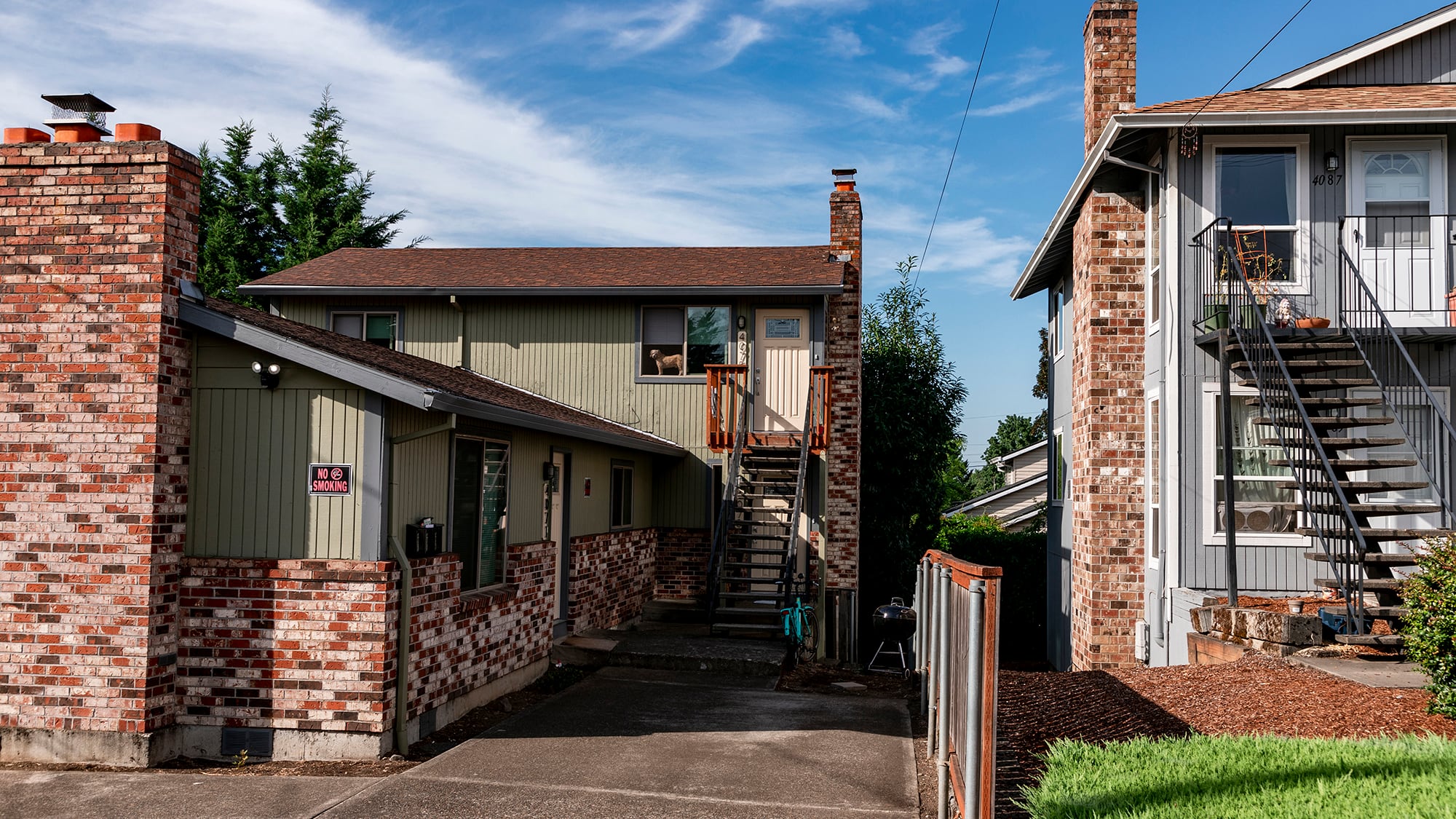As the 2010s come to a close, Josh Lehner, an economist in Oregon Office of Economic Analysis, has pulled together an analysis of the big trends that shaped the state over the past decade.
At a time of record low unemployment, robust incomes and an ever-strong housing market, Lehner has a somewhat surprising take.
"Economically, the 2010s were a disappointment," Lehner writes. "Now, the U.S. economy went the full 10 years without a recession, a first in history. However we began the decade at the bottom of the worst recession in a long time. As such much of the decade was about regaining the lost ground."
Oregon is always a boom and bust state: red-hot when the economy is strong and worse than the national average in most measures when times are tough.
That characteristic hasn't changed.
"Rarely has Oregon seen better economic conditions than we do today. However today's strength alone does not negate nearly a decade, actually nearly two decades of general weakness," Lehner writes.
Within that sobering critique, Lehner identifies three points of emphasis:
1. "First, household incomes are setting new record highs on an inflation-adjusted basis," he writes. "This is not just about recovering the losses from the Great Recession. Rather the importance it putting Oregon's income gains in perspective relative to the nation and relative to recent history. For the first time in at least 50 years, Oregon's median household income is higher than the U.S. And assuming another solid year of income gains in 2019, Oregon will end the decade with inflation-adjusted household incomes somewhere around 13% higher than they ever have been before."

Although the rising economic tide benefited all areas of the state over the past few years, Lehner notes that parts of rural Oregon are still worse off than they were 10 years ago.
2. "The second big trend of the decade is the growth in the urban-rural divide," Lehner writes. "Rural Oregon overall basically spent half the decade seeing no gains but has seen solid growth the past handful of years. That said, just 9 of Oregon's 23 rural counties have more jobs today than they did last decade."

3. The third major trend Lehner highlights is the Oregon's failure to produce enough housing to meet growing demand.
"On a population growth-adjusted basis, Oregon built fewer new housing units this decade than we have since at least World War II," he writes. "With data going back nearly 60 years, never have we built fewer new units on a sustained basis than we did in the 2010s."

"All told," Lehner concludes, "The 2010s were a bad economic decade. We spent much of the past 10 years simply digging out way out of the Great Recession, means we under-performed overall. That said we are ending the decade in great shape, with an economy that has rarely been better. It's a low bar to overcome, but taken as a whole, the 2020s should be better."

